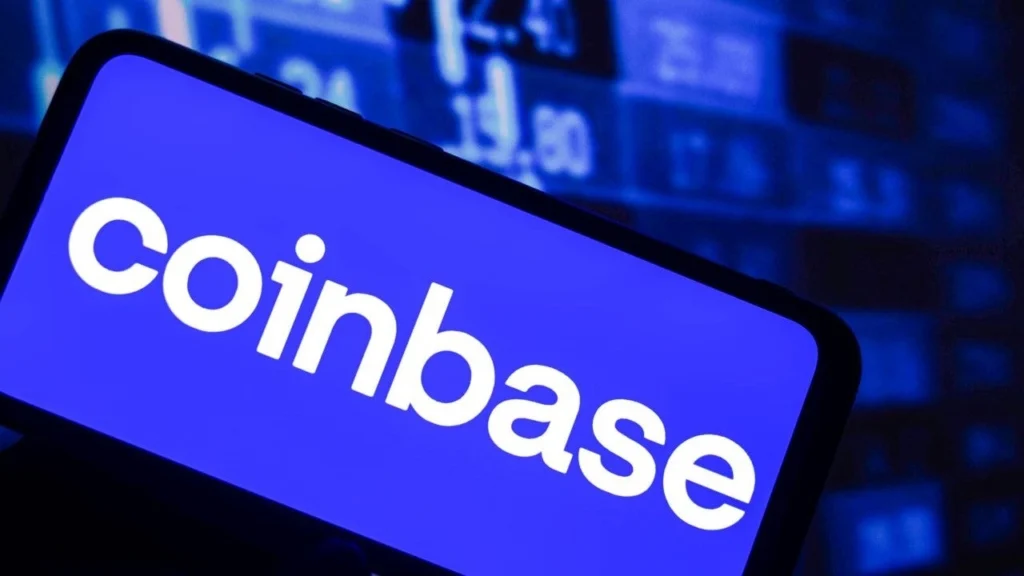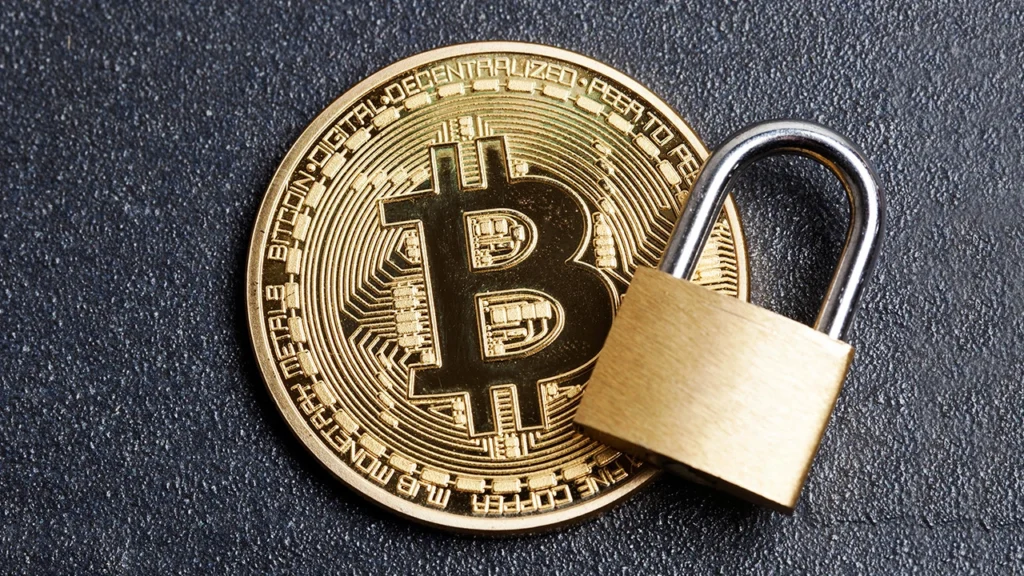Crypto Platforms: 5 Myths That Could Wreck Your Wallet
April 5, 2025

If you’ve been Googling how to choose a crypto platform, chances are you’ve run into a mess of conflicting advice. Some of it sounds too good to be true—because it is. So let’s cut through the hype and tackle some of the biggest myths people believe when choosing where to trade crypto. Spoiler: a few of these could cost you way more than just your time.

Myth 1: “All Crypto Exchanges Are Basically the Same”
Not even close. Believing that all platforms are created equal is one of the quickest ways to lose money—or worse, your entire investment. The truth is, crypto platforms vary wildly in terms of security, transparency, and reliability.
Some prioritize regulation and user protection (think Gemini or Coinbase), while others operate in gray zones with minimal oversight. Just because a platform is popular doesn’t mean it’s secure or right for you. And yes, some exchanges have mysteriously vanished overnight—taking users’ funds with them.

Myth 2: “Low Fees Are Always the Best Deal”
Here’s where it gets tricky. A lot of folks focus solely on trading fees when figuring out how to choose a crypto platform—but that’s only part of the picture.
Sure, low fees sound great… until you realize the platform’s hidden withdrawal costs or slippage (the difference between expected and actual trade price) are eating away your profits. Some exchanges even offer zero-fee trading, but limit your control over how orders are filled. So what looks like a “cheap” trade could end up costing you more in the long run.

Myth 3: “Security? I’ll Just Use a Strong Password”
Nope. This one’s a biggie. Thinking a password protects your assets is like locking your front door but leaving the windows open. Security should be the first thing you check when deciding how to choose a crypto platform.
Does the exchange use two-factor authentication? Does it hold most of its assets in cold storage? What happens if it gets hacked? You don’t want to find out the hard way. Exchanges like Kraken and Bitstamp go the extra mile with third-party audits and insurance—others barely mention security at all.

Myth 4: “How to Choose Crypto Platform? Just Pick One with the Most Coins”
Having access to thousands of cryptocurrencies sounds exciting—until you realize most of them have no volume, no support, and questionable credibility. A better platform isn’t necessarily the one with the most coins, but the one that lists reliable, vetted assets.
Sure, big platforms like Binance and KuCoin have huge selections. But if you’re investing in coins that trade like ghosts or have thin liquidity, you’re gambling more than trading. For most users, quality and transparency matter far more than raw quantity.

Myth 5: “If It’s Popular, It Must Be Legit”
This might be the most dangerous assumption of all. Just because a platform has millions of users doesn’t mean it has your best interests in mind. The crypto world is still young, and not all exchanges play fair.
Some are known for freezing withdrawals. Others suffer regular outages during high-volume trading. Look for user reviews, regulatory standing, and overall transparency before buying into the hype. You might be surprised how many “top” platforms fall short when you dig a little deeper.

Conclusion: How to Choose Crypto Platform? Don’t Let the Hype Fool You
So, how to choose a crypto platform? Forget the shiny interfaces and clever marketing. The best choice is the one that aligns with your needs, security standards, and long-term goals—not the one with the flashiest mobile app.
The truth is, most people don’t learn the risks until it’s too late. By avoiding these myths, you’re already ahead of the pack. Choose wisely now, and you’ll thank yourself later.
Relevant news: here

